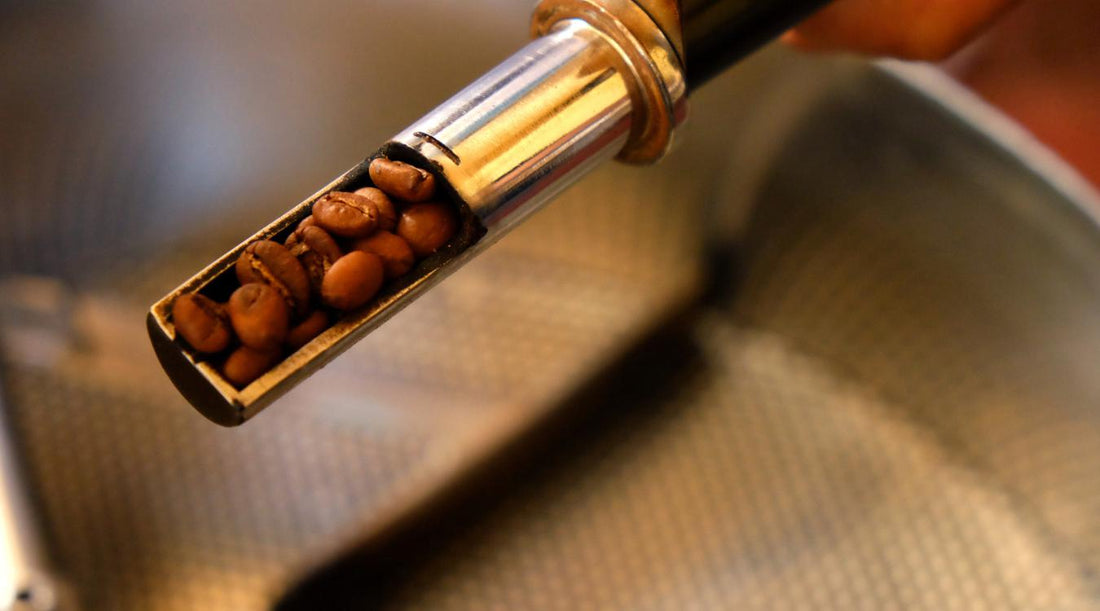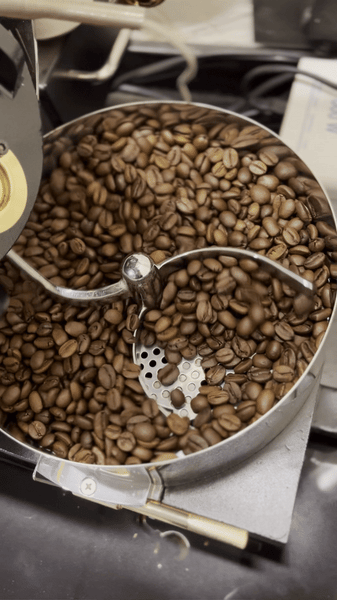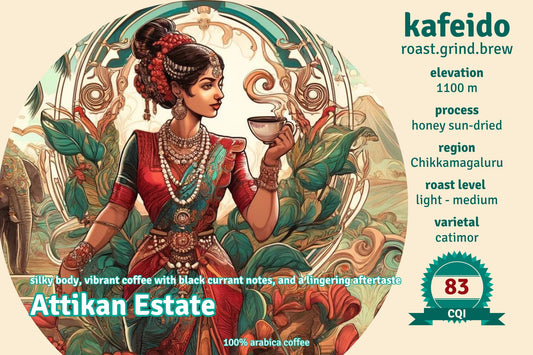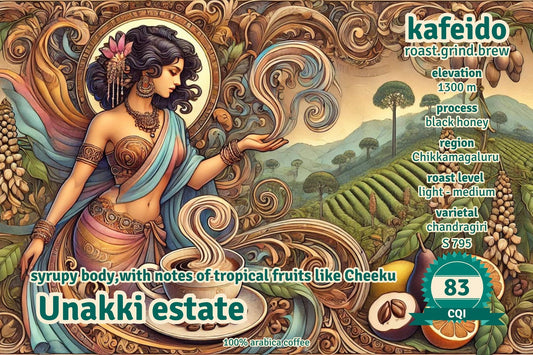
The science behind roasting specialty coffee beans
Share
Specialty coffee is a term used to describe high-quality coffee that is carefully grown, harvested, processed, and roasted to produce a unique and flavorful cup.
Coffee roasting is a critical step in the whole process that can significantly impact the flavour, aroma, and texture of the final product. Let’s explore the science behind roasting specialty coffee beans.
The basics of coffee roasting
Coffee roasting is the process of applying heat to green coffee beans to transform them into the aromatic, flavourful, and brown beans we all know and love.
Roasting involves complex chemical reactions that create a unique flavor profile and aroma for each type of coffee.
There are four main stages of coffee roasting:
Stage 1: Drying
In this stage, the green coffee beans are heated to remove any residual moisture. The timings and temperatures are usually based on the process, density, roast profile required etc. of the coffee.
This stage is crucial because the presence of moisture can cause the beans to pop or explode during the later stages of roasting.
Stage 2: Browning

During this stage, the beans start to turn brown and lose their green colour. The beans undergo a series of chemical reactions that result in the development of caramelization and Maillard reaction flavours.
Stage 3: Development
In this stage, the beans continue to roast, till the temperature and more importantly the end color reaches the desired level. Again, the exact timing, temperature and the end colour of the beans depend on various other factors & requirements like roast level & flavour profile needed.
The beans begin to expand and release gases, causing the characteristic cracking sound associated with coffee roasting. This stage is crucial because it determines the final flavour profile of the coffee.
Stage 4: Cooling

In the final stage, the beans are rapidly cooled to stop the roasting process and prevent further oxidation. This stage is essential because it locks in the flavour and aroma of the coffee.
The Science of Coffee Roasting
Coffee roasting is a complex chemical process that involves a variety of reactions, including pyrolysis, Maillard reaction, and caramelization. Let's take a closer look at these reactions and how they contribute to the flavour and aroma of roasted coffee.
1. Pyrolysis
Pyrolysis is a chemical reaction that occurs when organic materials are exposed to high temperatures in the absence of oxygen. During coffee roasting, pyrolysis causes the breakdown of complex carbohydrates, proteins, and fats in the coffee beans, creating a wide range of flavour and aroma compounds.
2. Maillard reaction
The Maillard reaction is a chemical reaction that occurs between amino acids and reducing sugars when exposed to heat. The reaction creates a range of flavour compounds, including those responsible for the caramel, nutty, and toasty notes found in roasted coffee.
3. Caramelization
Caramelization is a chemical reaction that occurs when sugar is heated to high temperatures, causing it to break down and form new compounds that create a sweet, caramel-like flavour. Caramelization occurs during coffee roasting when the natural sugars in the coffee beans are exposed to heat.
Roast levels and flavour profile
The degree of roast has a significant impact on the flavour and aroma of the coffee. There are several roast levels that coffee roasters use, including light, medium, and dark roast.
1. Light roast
Light roast coffee is roasted for a shorter time and at a lower temperature than medium and dark roast. This roast level preserves the natural flavours and aromas of the coffee beans, creating a bright, acidic, and fruity cup.
2. Medium roast
Medium roast coffee is roasted for a slightly longer time and at a higher temperature than light roast. This roast level produces a well-balanced cup with a balance of acidity and sweetness, along with some roasted notes.
3. Dark roast
Dark roast coffee is roasted for a longer time and at a higher temperature than medium and light roast. This roast level creates a bittersweet and smoky flavour, with little to no acidity.
Dark roast coffee also tends to have a thicker mouthfeel and a darker colour.
It's worth noting that the degree of roast is not the only factor that influences the flavour profile of coffee. The origin, processing method, and brewing method all play a significant role in determining the final flavour and aroma.
Coffee roasting is a complex and scientific process that involves a variety of chemical reactions. Roasting specialty coffee beans requires expertise and attention to detail to create a unique and flavourful cup.
The degree of roast and the roasting technique used can significantly impact the final flavour profile of the coffee.
Understanding the science behind coffee roasting can help coffee enthusiasts appreciate the complexities and nuances of specialty coffee.




